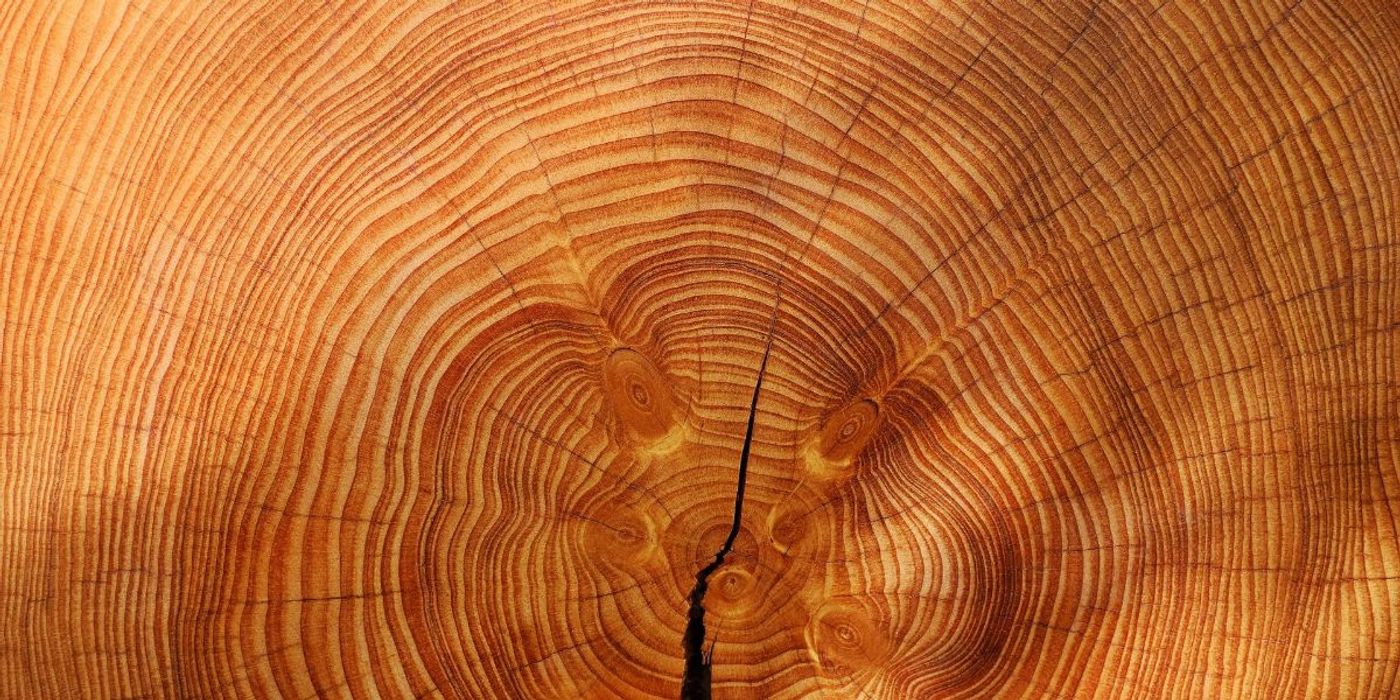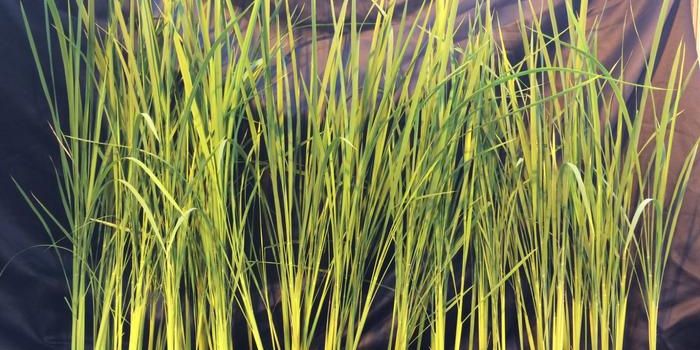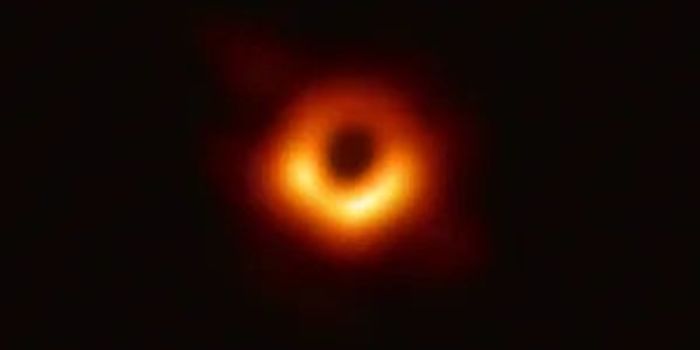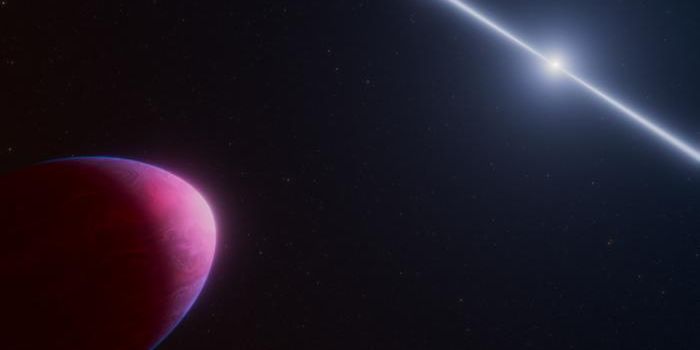Evidence of Supernovae Found in Ancient Tree Rings
Researchers from the University of Colorado Boulder have found that the rings in Earth's ancient trees may hold evidence detailing the death of massive stars, known as supernovae, throughout space.
When a star dies, it blasts off its outer material in a large explosion, irradiating space with high-energy gamma radiation for several years. Until recently, it has been difficult to tell how often this happens. While some techniques suggest there could be one to three local supernovae per century, the most recent observation of a supernova in our galaxy happened over 400 years ago. So what could the trees tell us?
Cosmic rays from space interact with nitrogen atoms in the Earth's upper atmosphere, triggering a nuclear reaction that creates radiocarbon. Evidence of its quantities at a given time can be found in tree rings. Every now and again, large spikes in radiocarbon turn up in tree rings and then fade out over several years. As cosmic rays occur from solar activity, such spikes have typically been thought of as evidence of solar flares and storms.
The researchers in the present study, however, hypothesized that these spikes might have also come from supernovae. To test their theory, they first made a list of all known supernovae in the last 40,000 years, as traced from the nebula they left behind. They then compared the list to a record of radiocarbon spikes in tree rings over the same period.
In doing so, they found that eight supernovae that occurred closed to Earth corresponded to radiocarbon spikes in the tree rings. The Vela supernova, for example, exploding 12,300 years ago, some 800 light-years away from Earth, corresponded with a 3% increase in tree ring radiocarbon levels. Meanwhile, the G114.3-00.3 supernova, which exploded 7,700 years ago, some 2,300 light-years away, corresponded with a 2% increase.
While interesting findings, the researchers say that their results are far from conclusive. This comes as there are still difficulties in precisely dating different supernovae, and so it remains unclear whether or not radiocarbon spikes in ancient tree rings truly correspond with their occurrence. The researchers nevertheless say, however, that their findings warrant further investigation.
Sources: Science Alert, University of Colorado Boulder









